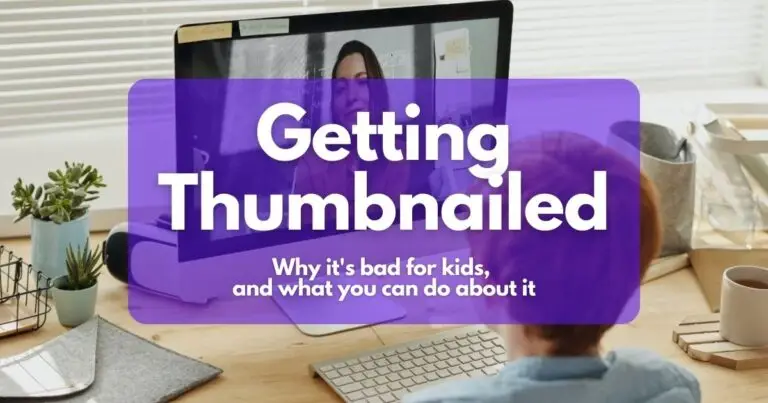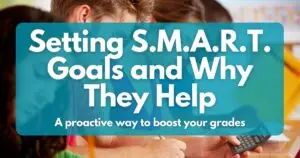Why getting thumbnailed is bad for your kids, and what you can do about it.
thumb·nail | ˈTHəmˌnāl |
1. (noun) the tiny picture of your child that teachers see on their Zoom screen
2. (verb) to reduce to the size of a thumbnail; to ignore or treat as insignificant: My teacher thumbnailed me today no matter how many times I raised my hand.

On Zoom, students don’t feel like they can effectively participate in class and communicate with their teachers and other students. In fact, our students complain about that aspect of Zoom schooling above all others: Communication with their teacher is extremely difficult. Understandably, most stop trying
We get it. Trying to participate in a Zoom class, with 20 or 30 kids or more sucks. All the teacher can see of each student is that tiny thumbnail on the screen. Gone are all the normal classroom dynamics, the facial expressions and body language. Using the “raise your hand” feature often gets no response. Frantically waving at the camera is a non-started (who want’s to be that kid?)
Even if a teacher tries and opens the class up for discussion, that minuscule Zoom lag leads to students talking over each other and unable to hear anyone else’s contribution.
Group chats can also be intimidating…if you make a mistake, it’s there in black and white for all students to see.
This all adds up to a very real problem: student’s don’t feel like they can effectively participate in class and communicate with their teachers and other students. Understandably, most stop trying.
So kids get thumbnailed.
They become visually insignificant, ghosts in their own classes. They don’t get their questions answered. They don’t learn the material with the same depth or understanding they would in a regular class. They miss out on the real intellectual development that happens in robust discussions in which students question and challenge one another. They don’t get to showcase what they know. They lose motivation. Grades suffer.
I want to make clear that I’m not trying to bash teachers here. Most teachers are doing their best to find ways to be effective. The challenges of teaching an online class are monumental, and most teachers don’t have the training or experience to do it effectively. I wouldn’t want to sit in front of small screen with 30 tiny faces with 60 tiny, screen-glazed eyes staring at me. Even teaching small groups of 4 or 5 is challenging.
So what’s to be done? Here are some things students can do to make the process better for them and the entire class
- Get effective help so you can get your questions answered and have meaningful, challenging discussions about your classes. Of course, that’s where we come in! Our tutors are experts at deep dives into the material.
- Visit office hours regularly so you can have more face time with your teacher in a much smaller group. Seeing your teacher during office hours is always extremely important, but it is even more so when class is online.
- Create study groups with your classmates to discuss material. Identify the questions you all have and reach out to your teacher as a group.
- Talk to your teachers about establishing a simple, effective, universal way to raise hands and participate.
- Ask your teacher to build in mini-discussions every few minutes.
- Advocate for yourself in discussions, in chats, and via messages or emails with your teacher. Our tutors can help you learn effective techniques to advocate for yourself without aggravating your teacher.
- Ask your teacher to use more breakout rooms if he/she isn’t already.
- Don’t be afraid to ask when things are not clear…you may end up being a hero to your classmates who are also struggling to understand.






